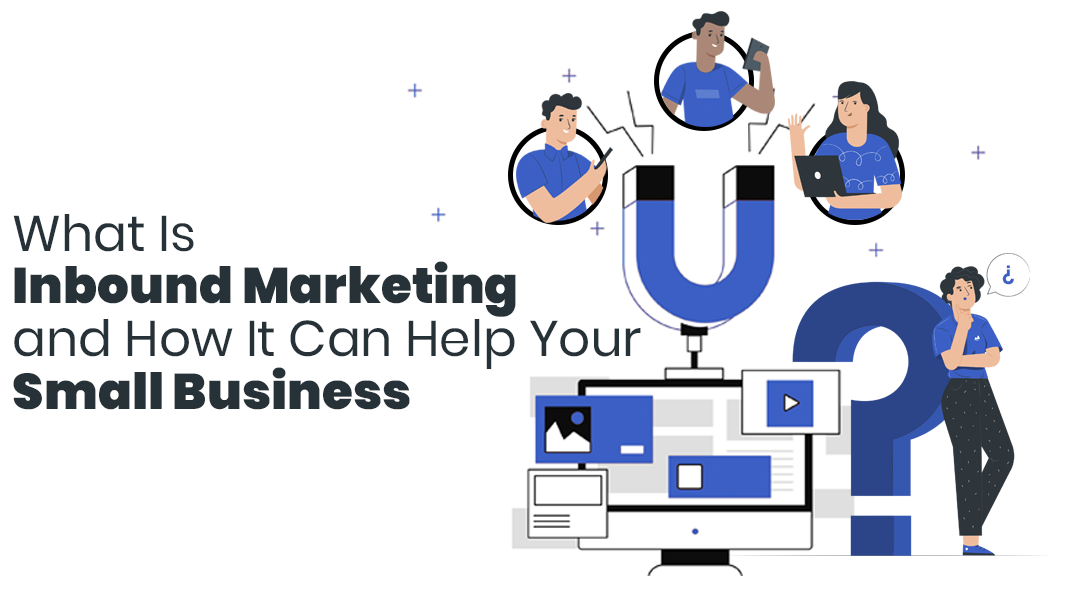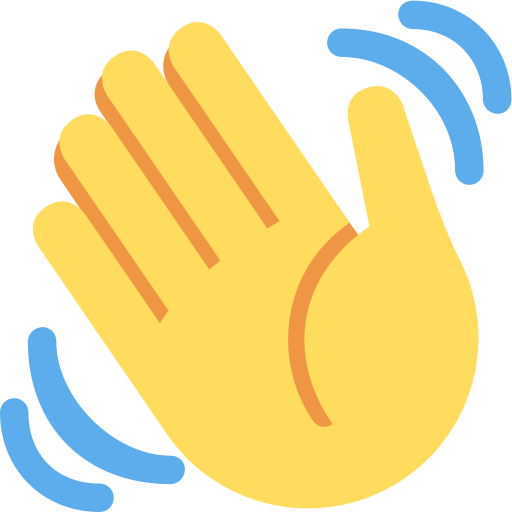If there is anything the coronavirus pandemic has taught small businesses, it is that there are no marketing techniques that are solely reserved for the big fish. It is those who are bold to implement forward-thinking strategies that get the upper hand and the most leads at the end of the day. So, today we will cover the so-called notion of Inbound Marketing, what it is, why you should care about it, and how to utilize it for the benefit of your business.
What Is Inbound Marketing?
Inbound Marketing is a wholesome marketing strategy that includes various forms of digital advertising, such as blogs, social media, and SEO, all coordinated together so you can build brand awareness and attract new customers. Contrary to outbound marketing where the emphasis is on reaching out and finding customers, the goal here is to make your company’s online presence so attractive that it pulls people in and makes it easy for them to discover your company.
In other words, inbound marketing is all about creating experiences that are personalized, relevant, and helpful to the user. That way, you are grabbing their attention first, stealing their loyalty second, and last but not least, locking in a sale.
Instead of interrupting users online at times when they may or may not need your service, you will be gently feeding them the information they need when they happen to have a problem related to your service. That way, from people with a problem asking Google how to solve it, you have people who find you, consume your content, and ultimately believe you are the solution.
Inbound Marketing is about creating and distributing content within context.
Why Your Business Needs Inbound Marketing
It may sound like a foreign notion with a pretentious name, but inbound marketing is actually something you may already be doing without realizing it. If you have a website and try to update your blog, you are already on the right track. But, before we tell you how to make the most out of inbound marketing, it’s best we tell you the potential benefits first.
When utilized effectively, inbound marketing can:
- Increase brand awareness and brand recognition
- Encourage customers to engage with your business/brand whenever they need, 24/7
- Shape users’ brand preference toward your company, thus influencing their future purchases
- Generate social media following, shares, and inbound links
- Generate more qualified leads over time for less cost
- Let customers interact with your brand when they want to and not when your ads interrupt their online browsing
- Help boost your Search Engine Optimization strategy
Unlike traditional digital marketing efforts, inbound strategies build upon themselves over time. For example, a well-researched and written piece of content published on your website can offer both immediate and long-term benefits to users. It will bring attention to your business when you first publish it, and it will continue to educate your clients on a specific topic for as long as it stays on your website. As time goes by, the content will gain more exposure, and it can then become an ongoing source of inbound traffic through social shares, word-of-mouth, and SEO.
How to Use Inbound Marketing: The 5 Key Elements That Matter
Any successful inbound marketing strategy has five elements that are all incorporated together to ensure all fronts are covered. These are:
- SEO
- PPC
- Content Marketing
- Social Media
- Landing Pages
Now, let’s look at each and see how you can make it work for your business.
#1 SEO

In short, Search Engine Optimization is the process of making sure your website appears on the first page of search results when your target audience is looking for information related to your business or services. There are many aspects that determine how well your website is optimized. You may have heard of keywords, backlinks, and code before and have no clue what they all mean. We have a separate guide that provides details and easy to understand examples, so feel free to check it out here: What is SEO and why your small business needs it.
#2 PPC (Pay-per-click)

Although inbound marketing strategies aren’t about paid marketing tactics, paid search is technically still part of the inbound methodology because paid search ads appear when someone is actively searching for something. Therefore, these ads aren’t interrupting a user’s activity but complementing it. This holds true primarily for search ads, and not as much for display ads. Learn more about PPC advertising in our dedicated blog.
Why PPC? Because SEO is never 100% enough. There are no guarantees your top rankings won’t suffer if Google changes its search algorithm, while paid ads come with a greater level of certainty.
#3 Content Marketing

Content is a critical component in any marketing strategy, be it inbound or outbound. Now that you have laid the foundation for getting more traffic to your website through SEO and PPC, it’s time to be a good host and offer them answers to their questions, a.k.a., quality content. Without fresh and original content, you have no chance of converting users into leads.
You need to find your tone of voice, the forms of content your users enjoy (e.g., blogs, news updates, Q&A pages, audio, video, etc.), and optimize everything you upload on your website.
Where to start? Here are a few ideas:
- Gather customer testimonials
- Create case studies
- Start a blog (it’s an absolute must!)
- Create guides, whitepapers, e-books, and other forms of downloadable content
- Keep a content calendar, so you know when you’re publishing what
#4 Social Media

This is where it’s time for you to trigger the snowball effect. Once you have written the content and optimized it, it’s time to ensure that content reaches as many people as possible. The best thing about social media is that it is free to use (unless you decide to use targeted ads), and people wouldn’t be on your company profile if they weren’t interested in reading your content. So, take the time to create profiles on Facebook, Instagram, Twitter, LinkedIn, Vine, TikTok, the lot. Make sure to research the beneficial social media channels for your industry and business first, so you don’t waste time on platforms that won’t engage your target audience. Learn how to choose the right social media channels here.
#5 Landing Pages

When a user clicks on your call-to-action, be it a subscription service page, a Facebook ad, a fill-out form to download a guide, or something similar, they are redirected to a promo page with more details about your business. That page is called a landing page because the user literally “lands” on it after they have already engaged with your company content.
So, what should be on a landing page?
There is no strict rule regarding the format, design, or language used on a landing page. However, the three main components are:
- Relevance – you need to make sure the content on the landing page corresponds with the call-to-action that made the user click in the first place.
- Design – people are visual creatures, so before you work on the content, make sure the design is on point.
- A clear call-to-action – what is the goal of your landing page? Is it to schedule a free consultation, subscribe to a newsletter, download a guide? Plaster the CTA in the above the fold, so it’s the first thing people see on the page.
The Bottom Line
You might be tempted to say new leads aren’t worth going through all that inbound marketing trouble. If you’ve secured your steady flow of leads, you would be right to say it. But most businesses still need to constantly fight to keep and expand their market share. This blog is for the latter group of companies, the majority of businesses who are in competitive markets.
Increased competition means many companies are fighting to win the same client. This means you need to stand out and be constant in your efforts to provide valuable content to your audience. Inbound marketing is the way to get there.
Stay tuned for more small business tips and tricks!



